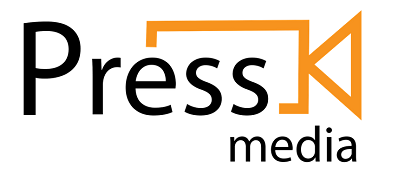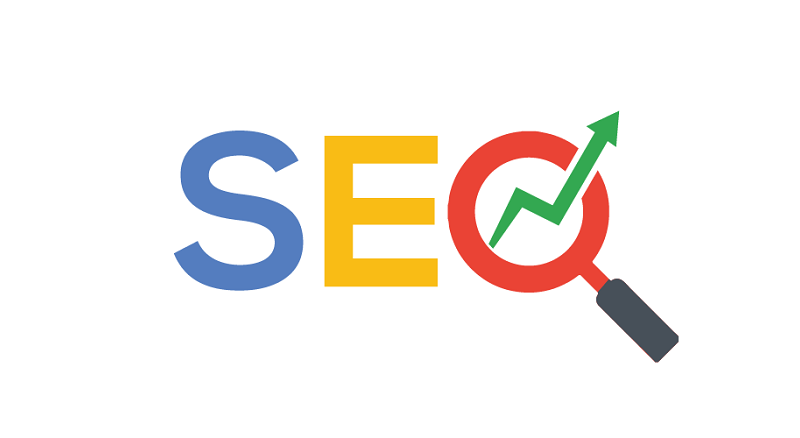A Guide to Redesigning a Website without Affecting Seo

Website redesigns are expensive, and fixing the changes after a redesign can be even more costly. However, if you do it right, you’ll still get a good SEO ranking without needing to change your website.
This article will summarize how to make sure that your website in Columbus, Ohio gets the most out of its new design and what steps need to be taken for this transition to go smoothly.
Importance of SEO for Website Design
SEO for web development Columbus essential because you want the new design to show that it’s an improvement. If your website doesn’t get good SEO rankings, then users will probably leave without even giving your redesigned website a chance.
How to Redesign a Website Without Losing SEO
To successfully redesign a site and not lose its SEO ranking, several steps need to be taken first, and they are
1. Take Inventory of All Pages from Your Existing Website
The first step is to take an inventory of all the pages that are currently on your website. You will need this list because you will look at each page and ensuring they have their unique content, title tags, meta descriptions, etc., different from any other page on your site.
You can take inventory with these methods:
Use a crawler: You can use a crawler like Screaming Frog or Deep crawl to accomplish this task quickly and efficiently. Use either tool only as deep as it needs for accurate results (for example, if there’s no reason you would want blog posts showing up under product pages, then don’t crawl those). Again, make sure not everything is crawled so that unnecessary indexation doesn’t occur!
Use your sitemap: A sitemap is just a list of the pages on your site. If you’re building one, it’s probably easy to remember what each page is, but if not, or if you want an extra check, this can be helpful.
Use Google’s index of your site: You can see all the indexed pages in Google by looking at their indexed section under “Crawl -> Index Status” (it might be called something slightly different depending on which version of GSC). Make sure that tag isn’t showing up here!
Use Google Search Console: This method works exceptionally well because everything will already be tied together for you with these two tools ready and waiting.
If all these seem like a hard nut to crack, you can employ the services of a web designer, Columbus, Ohio, who will set it up for you
2. Implement Your Redesign on a Test Site or Staging Environment
This step is critical if you have a more extensive website. Using the test environment allows for ease of access when trying to fix any bugs that may arise with your new design or functionality without affecting how search engines see your site’s pages.
Remember: Implementing on a separate staging/test domain means you should copy all content and code from the live site (on another server) to this new one. This ensures no discrepancy between what you want Googlebot to crawl vs. what they will find after implementing changes on the main website. Think about whether these two sites share similar URLs and redirects to avoid losing rankings because of crawling issues!
3. Audit Your New Website
Website audits are a great way to find out what needs changing on your website, ready for the world of search engines. Many tools are available, including Moz’s Open Site Explorer and Google’s Search Console (formerly Webmaster Tools). A quick look at any issues can help you avoid problems with indexation.
4. Set Up 301 Redirects
When redesigning a website, it’s essential to change the URLs of pages and redirect any relevant or existing links. 301 redirects are permanent and can help avoid losing rankings because of crawling issues!
To set up 301 redirects, you can use your web development platform or hire a professional to help with the process.
The following are some best practices for setting up 301 redirects:
- Redirect all pages on an existing website to relevant, matching content on the new site
- Redirect sub-pages of old URLs that have been removed or changed in redesign
- Use Google Search Console’s URL Parameters tool so users can see which parameters will be handled by these tools and how they should update their bookmarks accordingly.
5. Activate Your Redesigned Website
This is where you turn your test site into the real deal. The first step here is to change all “test” or “staging” references in URLs, filenames, and metadata. You should also go through any content you added during the testing period and remove it from production pages if necessary.
6. Verify Robots.txt and Meta Robots
Robots.txt and meta robots are a set of instructions that tell search engines how to index your site. Verifying these two tools will ensure they’re adequately configured and instruct crawlers on the correct way to treat all pages on your new website.
And remember, if you need help with any aspect of this process, we’re here for you! SEO is part science and part creativity – it’s hard work but also fun when done right. We hope our guide gave you some ideas about what goes into effective online marketing and why users love us so much!
7. Set up Google Search Console
In this step, you need to verify whether your website is configured correctly in Google Search Console. If it isn’t, you need to go back to the previous steps and set up everything perfectly.
You should set up a Google search console immediately after crawling of all pages has been completed successfully. The indexing process will take some time, but this delay shouldn’t last more than a couple of days or weeks at most. You can also use Ping-O-Matic, which checks every hour if Google automatically indexes new sitemap files on your site.
8. Monitor SEO Ranking Changes
The last step is to monitor your SEO rankings. Monitor how many search queries are returning results from your new website and which pages aren’t getting any organic traffic at all. If some pages stop ranking completely after you set up 301 redirects, there might be a deeper problem with these particular URLs that need to be resolved first.
Conclusion
If you’re looking for a web designer, Columbus Ohio, who can help redesign your website without hurting SEO, we’ve got the perfect team. Our designers and developers are experts in creating websites that rank well on search engines while still meeting all of your project needs.
Contact us at Janszen Media to learn more about how our web development Columbus services will make sure your site is as beautiful as functional. We’ll create a unique strategy tailored just for you!


